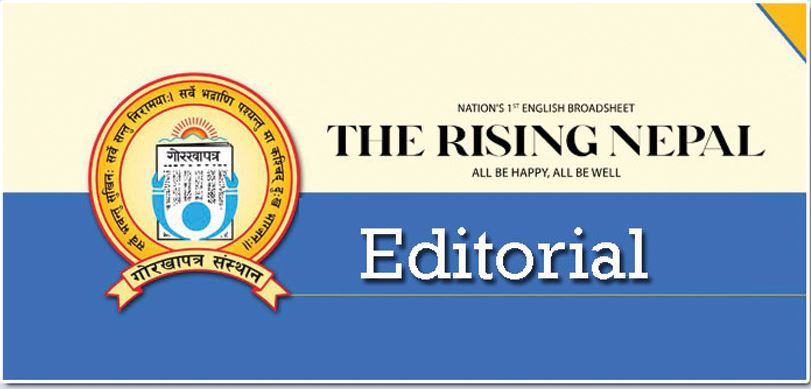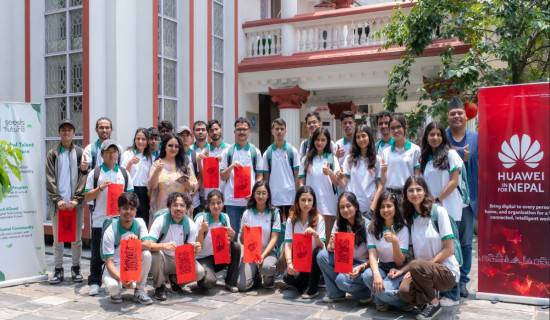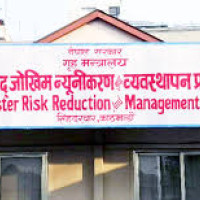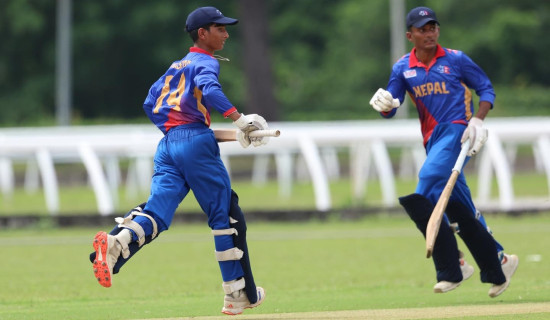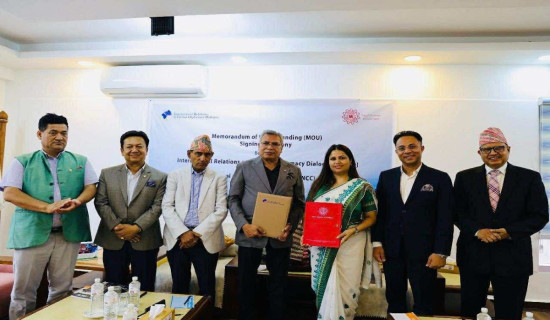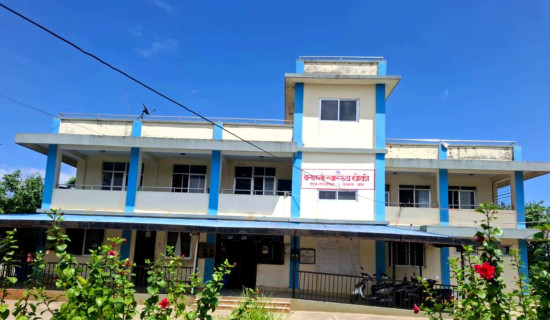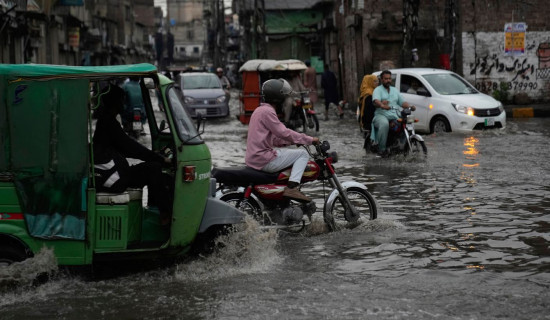- Tuesday, 1 July 2025
Competitive State Media
The press is rightly called the fourth estate because of its power to influence public and hold the government accountable for its actions. Today, digital media has taken over traditional ones such as radio, print and television. But, whatever the form, the media role has been the same - disseminating objective, impartial and accurate news to the public. The digital revolution enables readers/audience to quickly access the news and views of events occurring in different parts of the world. Timely information helps people to form the right perspective and take informed decisions in their daily lives. The media has played a vital role in converting the world into a global village. The people of one corner of the world learn what is happening on the other side of it as media outlets bring forth different cultures, values and lifestyles. In this way, they shape social and cultural norms and practices.
Based on their specific goals and priorities, the media can also be divided into state-owned, private and community. The state-owned media promotes and highlights the government's policies, programmes and development vision while informing the public about events having direct or indirect implications for them. On the other hand, private media is run by businesspeople, single or in joint ventures. They are critical of the political establishment and the government's activity. Meanwhile, the community media outlets are owned and operated by the community. State-owned and community media are not profit-driven, unlike private media. The scale and impact of media outlets depend on their organisational size and outreach.
The state-owned media promotes broader public interest. As it is free from vested business interests, it can expose issues that private media houses ignore. In Nepal, Gorkhapatra, The Rising Nepal, Radio Nepal and Television are the pioneer state media, with a broader readership and viewership. The state-owned Rastriya Samachar Samiti (National News Agency) has been distributing fact-based news to the media outlets. They are known for their dissemination of accurate, truthful and unbiased news to the public. Their role in informing, educating and entertaining the public is tremendous. They are playing a critical role in shaping public narratives around particular issues and agendas. They not only disseminate views of the government and its agencies but also point out their shortcomings so that the right decisions are taken in the interest of the people.
Although they are called the state-owned media, they do not solely depend on the government's funding. For instance, Gorkhapatra, the first broadsheet Nepali daily, manages resources on its own. It is financially self-reliant. However, this does not mean that the state-run media houses are free from financial challenges. Radio Nepal and Rastriya Samachar Samiti rely on the government's support. As the media landscape is increasingly becoming competitive, the state media requires adapting to new realities. They should be innovative in exploring new sources of income and change their working style to address the needs of readers/viewers.
The other day, Minister for Communications and Information Technology Prithvi Subba Gurung echoed this line of thought while inspecting the eastern publication office of Gorkhapatra Daily in Biratnagar. He noted that state-owned media should become competitive and self-reliant by enhancing their commercial capacity and professional efficiency. Indeed, the government does not indefinitely invest in them, but it can support them indirectly, instructing the government offices and departments to publish and air their notices and information in the state-owned media outlets. This will be of great help for them to become financially viable and fulfil their objective.

